Recently, our company exported 10 tons of HDPE water pipes from DN16 to DN1600mm to Brazil, taking a big step in supporting Brazilian infrastructure. According to customers, they purchase HDPE water pipes mainly for the construction of new water pipe networks, and can also be used to update and maintain existing water supply systems. The customer has a long-term cooperative agent in China. After long-term market research on hdpe pipes, he finally decided to choose Shandong Haili hdpe pipes.
HDPE is also widely used in many countries. Here we will introduce the different applications of HDPE pipe in different fields in Brazil.
HDPE pipes are widely used in Brazil
Brazil, located in South America, has a vast geographical area and diverse terrain. The application of high-density polyethylene (HDPE) pipes in Brazil has shown significant growth in recent years. These pipelines, with their outstanding properties, are a key element in solving Brazil's evolving infrastructure needs, especially in the field of water management. In this detailed analysis, we take an in-depth look at the many uses of HDPE pipe in Brazil, exploring its role in reshaping water supplies, industrial processes and sustainable development.
1. Urban water supply system
One of the main applications of HDPE pipes in Brazil is in urban water systems. These pipes play a vital role in ensuring reliable and efficient distribution of clean water in urban and rural areas. Due to their corrosion-resistant properties, they are ideal for underground installations, protecting water quality and reducing leaks. By analyzing various projects in cities like São Paulo and Rio de Janeiro, we will reveal the impact of HDPE pipes in improving water accessibility and mitigating challenges posed by aging infrastructure.
2. Industrial Process
Brazil's wide range of industrial sectors, including mining, petrochemicals and manufacturing, require robust piping solutions. HDPE pipes are widely used in industrial processes due to their high chemical resistance and ability to withstand different temperatures. From conveying corrosive substances to enabling efficient fluid transfer in manufacturing units, HDPE pipes help in the seamless functioning of industries. Through case studies carried out in industrial centers such as Manaus and Belo Horizonte, we will illustrate the various applications and benefits observed in these scenarios.
3. Agricultural irrigation system
In the agricultural powerhouse of Brazil, HDPE pipes have become the key to modern irrigation systems. The pipe's flexibility and ease of installation make it suitable for transporting water across vast agricultural fields. We'll explore how HDPE pipe supports sustainable agricultural practices, optimizes water use, and promotes increased crop yields. Through projects in the Cerrado and Amazon basins, we will experience firsthand the transformation HDPE pipes have had on the Brazilian agricultural landscape.
4. Eco-friendly infrastructure projects
Brazil’s commitment to environmental sustainability is consistent with the environmentally friendly attributes of HDPE pipe. These pipes are recyclable and environmentally friendly, playing a key role in green infrastructure projects. Through a detailed analysis of projects promoting sustainable urban development in cities like Curitiba, we will reveal how HDPE pipes can help reduce the environmental footprint of infrastructure projects. The recyclability of HDPE pipes is in line with Brazil’s vision to create more resilient and environmentally conscious cities.
5. Challenges and Innovation
Challenge and innovation are incomplete without solutions. We'll explore the barriers to widespread adoption of HDPE pipe, from initial cost to resistance to traditional materials. However, we will also delve into the innovative approaches taken by Brazilian municipalities and industry to overcome these challenges, demonstrating the adaptability and resilience of HDPE pipes in different scenarios.
6. Future Prospects and Conclusions
As we conclude our analysis, we will look to the future and discuss the promising development of HDPE pipes in Brazil and potential applications in future infrastructure sectors. From smart water management systems to advancements in manufacturing processes, HDPE pipes are expected to play an even more important role in shaping Brazil’s infrastructure landscape. Our discussion will lead to a comprehensive understanding of how HDPE pipes have become an integral element of Brazil’s water infrastructure, shaping a future that is both efficient, resilient and environmentally conscious.
This analysis aims to provide readers with a comprehensive perspective in revealing the applications of HDPE pipes in various fields in Brazil. From solving the challenge of water scarcity to promoting sustainable development, HDPE pipes are like guardians, silently shaping the future of Brazil's water infrastructure.
Selecting HDPE pipes in Brazil involves considering various factors to ensure they meet the specific needs of your project. Here are some guidelines to help you make an informed decision
1. Application Requirements
- Identify the purpose of the HDPE pipes. Different projects may have varying requirements, such as water supply, sewage, mining, or industrial applications. Choose pipes that are specifically designed for the intended use.
2. Material Specifications
- Check the material specifications of the HDPE pipes. Ensure that they comply with Brazilian and international standards. Common standards for HDPE pipes include ISO 4427 and ASTM D3035. Confirm that the pipes meet the requirements of local regulatory bodies.
3. Pressure Rating
- Determine the required pressure rating for your project. HDPE pipes come in different pressure classes, and selecting the right one is crucial to ensuring the pipes can handle the pressure associated with the application. Consider factors such as the fluid being transported and the operating conditions.
4. Pipe Size
- Choose the appropriate pipe size based on the flow rate and capacity requirements of your project. Consider the diameter and wall thickness of the pipes to meet the desired specifications.
5. Jointing Methods
- Understand the jointing methods available for HDPE pipes. Common methods include butt fusion, electrofusion, and mechanical coupling. Select the jointing method that is suitable for your project and ensure that the pipes are compatible with the chosen method.
6. Quality Assurance and Certification
- Verify the quality assurance measures in place by the manufacturer. Look for certifications and quality standards that ensure the pipes meet the required performance and durability criteria. Certification from relevant authorities in Brazil adds an extra layer of assurance.
7. Supplier Reputation
- Choose a reputable and reliable supplier with a history of delivering high-quality HDPE pipes. Check customer reviews, testimonials, and the supplier's track record to ensure they have a positive reputation in the industry.
8. Cost Considerations
- While cost is a factor, it should not be the sole determining factor. Consider the overall value, including the quality, durability, and performance of the HDPE pipes. Cheaper options may end up costing more in the long run if they do not meet project requirements.
9. Local Regulations and Approvals
- Ensure that the selected HDPE pipes comply with local regulations and standards in Brazil. Check for any required approvals or certifications from local authorities.
By carefully considering these factors, you can choose the most suitable HDPE pipes for your specific project requirements in Brazil. Consulting with local experts and suppliers can also provide valuable insights and guidance.
FAQ:
Q: What is your MOQ?
A: As customer's request.
Q: Why choose us?
A: We are a professional leader in HDPE pipe factories, we offer pipeline system one-stop services with competitive prices and fast delivery time.
Q: How to buy the product?
A: Contact us by email or by Trade Manager, and inform us which product and quantity you need, we will contact you immediately. The more specific the information that you provide more faster and easier you will get the quotation.
Q: Can I make my own design and logo on the product?
A: Yes, we do OEM. Welcome partner from globally, we can make your product in China.
Q: How can I get some samples?
A: We are honored to offer you free samples, just need to pay the freight cost.
Q: What's the payment term?
A: TT/LC
Q: Can you explain the process of installing large-diameter HDPE water pipes in desalination facilities?
Certainly! Installing large-diameter HDPE water pipes in desalination facilities involves a series of steps to ensure proper placement, connection, and functionality. Here's an overview of the process:
A: Site Preparation 2. Pipe Delivery and Storage 3. Trench Excavation 4. Bedding and Padding 5. Pipe Installation 6. Backfilling 7. Compaction 8. Testing and Inspection 9. Surface Restoration 10. Post-Installation Checks
Q: Can you provide examples of real-world desalination plant projects that have successfully integrated large-diameter HDPE water pipes?
A: Certainly, here are a few examples of real-world desalination plant projects that have effectively utilized large-diameter HDPE water pipes in their infrastructure:
1. Tampa Bay Seawater Desalination Plant, USA 2. Sorek Desalination Plant, Israel 3. Perth Seawater Desalination Plant, Australia 4. Hadera Desalination Plant, Israel 5. Tuas Desalination Plant, Singapore
Q: What considerations should be taken into account when selecting the appropriate diameter of HDPE water pipes for specific desalination projects?
A: Selecting the appropriate diameter of High-Density Polyethylene (HDPE) water pipes for desalination projects involves careful consideration of various factors to ensure efficient water transportation, distribution, and overall system performance. Here are the key considerations to keep in mind:
1. Flow Rate and Capacity 2. Intake and Outfall Systems 3. Distribution Network 4. Pressure Requirements 5. Future Expansion 6. Hydraulic Analysis 7. Site Conditions 8. Regulatory Requirements 9. Cost Considerations 10. Material Properties 11. Construction Timeline 12. Environmental Impact
Q: Are there any specific case studies that highlight the successful application of large-diameter HDPE water pipes in desalination plant projects?
A: 1. Carlsbad Desalination Plant, USA 2. Ashkelon Desalination Plant, Israel 3. Hadera Desalination Plant, Israel
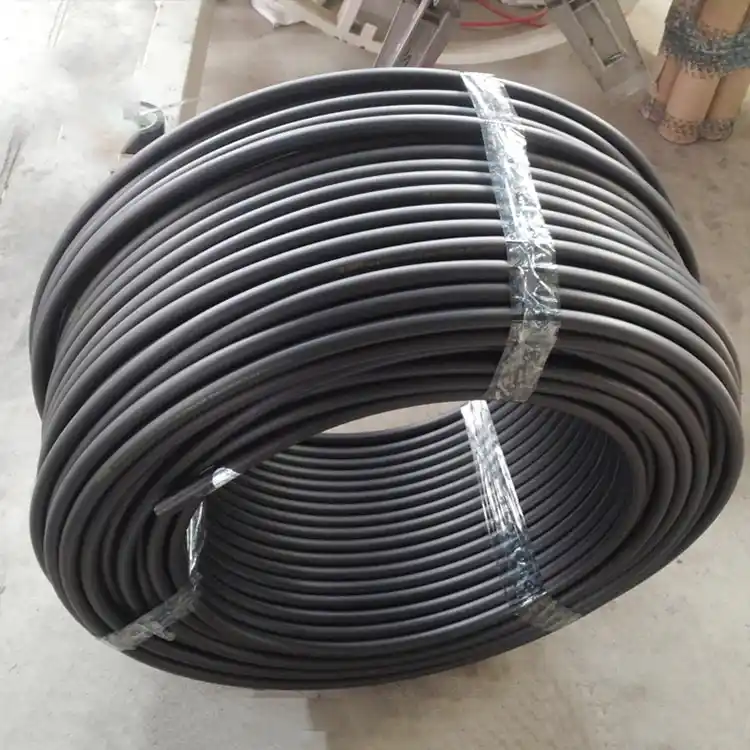
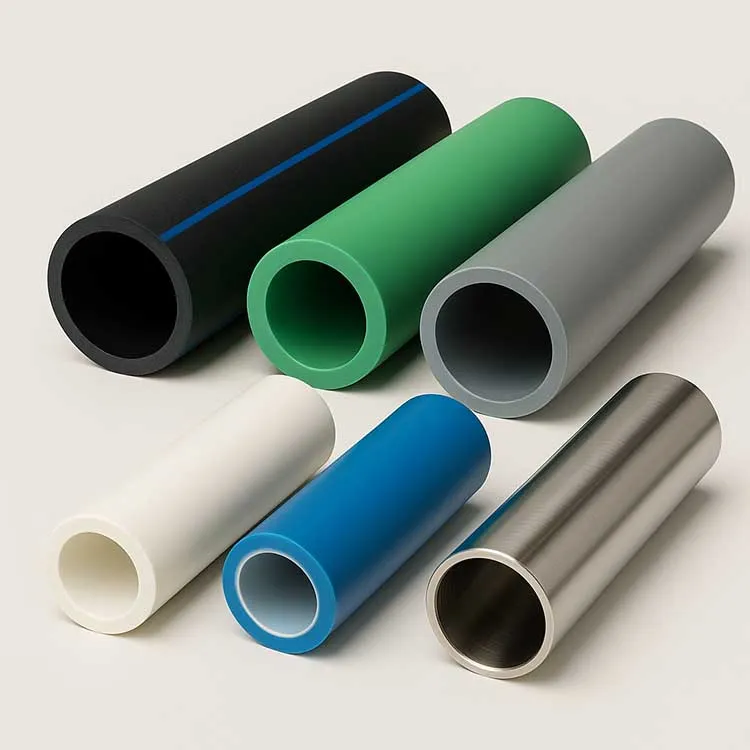
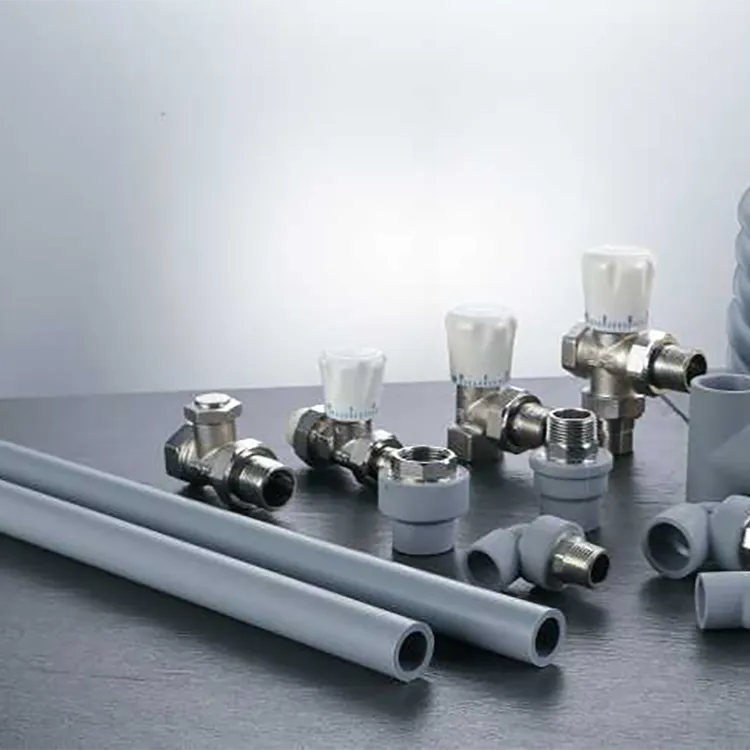
981.webp)
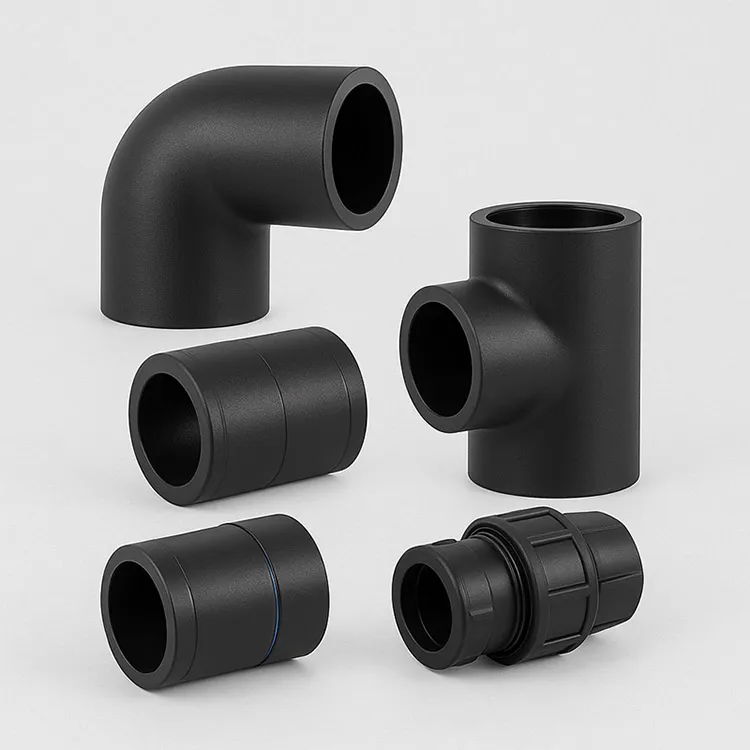
 (1)379.webp)
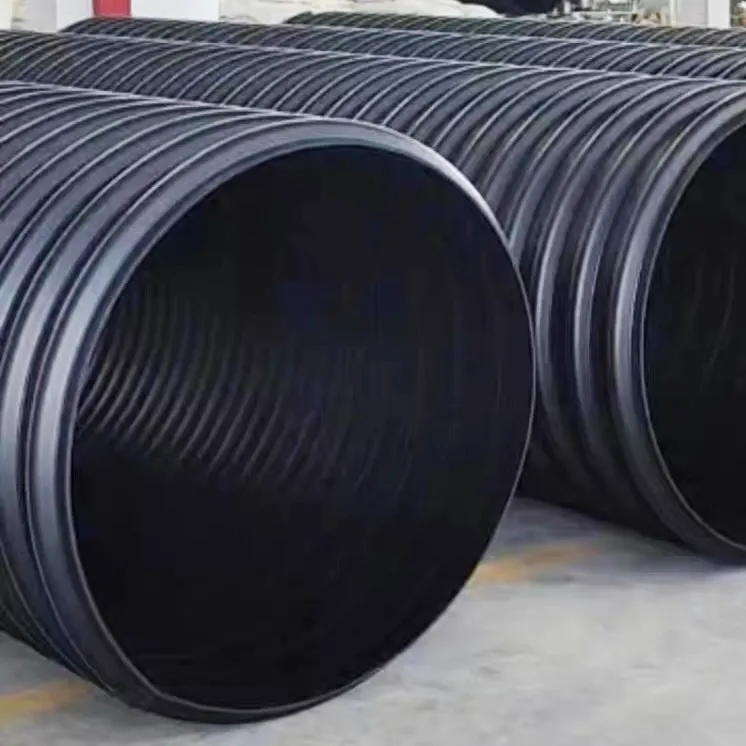
294.webp)
476.webp)
420.webp)
146.webp)
460.webp)
287.webp)
274.webp)
688.webp)


